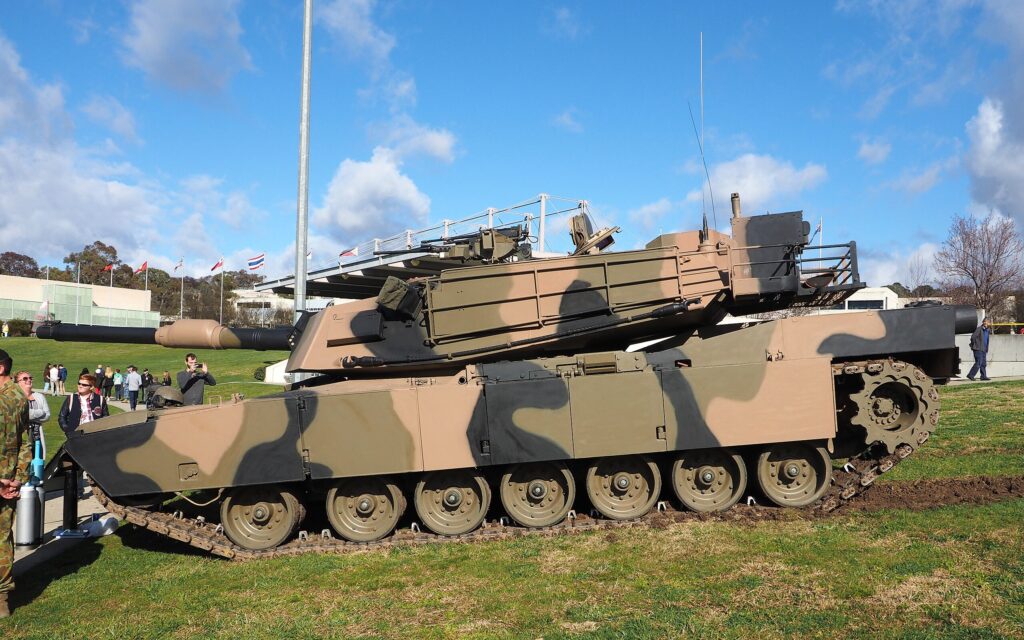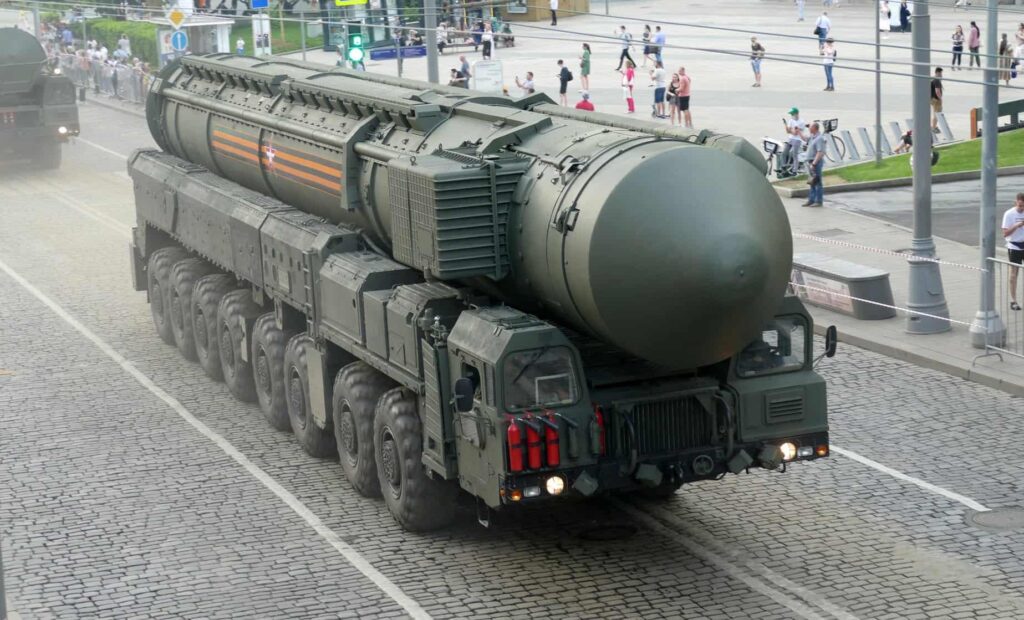Australia’s Abrams tanks arrive in Ukraine—first of 49, or most already?

Australia’s Abrams tanks have arrived in Ukraine, but reports differ on whether this is the first batch or the majority of the 49 pledged. Sky News and The Guardian describe the shipment as the first tranche, but then noted that “the majority” has been delivered. In contrast, Reuters reports that Ukraine has received most of the pledged Australian tanks, with the rest to follow.
Media differ over scale of Australian tank delivery to Ukraine
Australia’s retired Abrams tanks arrive in Ukraine as part of a 245 million AUD (about $160 million) military aid package promised last October. Reuters reports that Canberra has already handed over most of the previously pledged 49 M1A1 Abrams, with the rest due in the coming months. Sky News Australia, however, states this is the first arrival, noting a nine-month delay since the tanks were pledged. The Guardian, citing the Australian Associated Press, also calls it the “first tranche,” but then adds:
“A majority of the tanks have been delivered and a final tranche will arrive in the coming months, but actual numbers have not been released.“
Australia’s Defense Minister Richard Marles said the Abrams tanks “will make a significant contribution” to Ukraine’s effort to repel Russia’s invasion. He emphasized their role in boosting Ukrainian firepower alongside other Western-supplied equipment. The country’s Defense Industry Minister Pat Conroy added, “Australia stands shoulder-to-shoulder with Ukraine.”
Tank support part of larger Australian aid commitment
Australia’s Abrams tanks arrive in Ukraine alongside broader support totaling more than 1.5 billion AUD or $980 million since February 2022.
Canberra also plans to send a Wedgetail surveillance aircraft to Europe in August. The aircraft will help safeguard aid corridors delivering supplies into Ukraine. At the same time, Australia maintains export bans on alumina and aluminum ores to Russia. About 1,000 Russian individuals and entities remain under Australian sanctions.
Alongside military support, Australia is negotiating a non-binding security pact with Ukraine. More than two dozen nations have signed similar agreements with Kyiv. These arrangements focus on political and military cooperation but do not include formal defense guarantees.
A second bilateral deal aims to eliminate double taxation between the two countries. Officials expect it to encourage foreign investment in Ukraine’s postwar reconstruction.
Read also
-
France to train more Ukrainian pilots on Mirage fighter jets, capable of carrying missiles that destroy Russian command posts
-
Australia sanctions 37 Russians, 7 firms and deepens NATO cooperation amid Russo-Ukrainian war
-
Australia condemns 13-year Russian sentence for Oscar Jenkins in occupied Luhansk after fighting for Ukraine
-
Rural Australian café raises thousands for Ukraine through “tariffs” on American products
